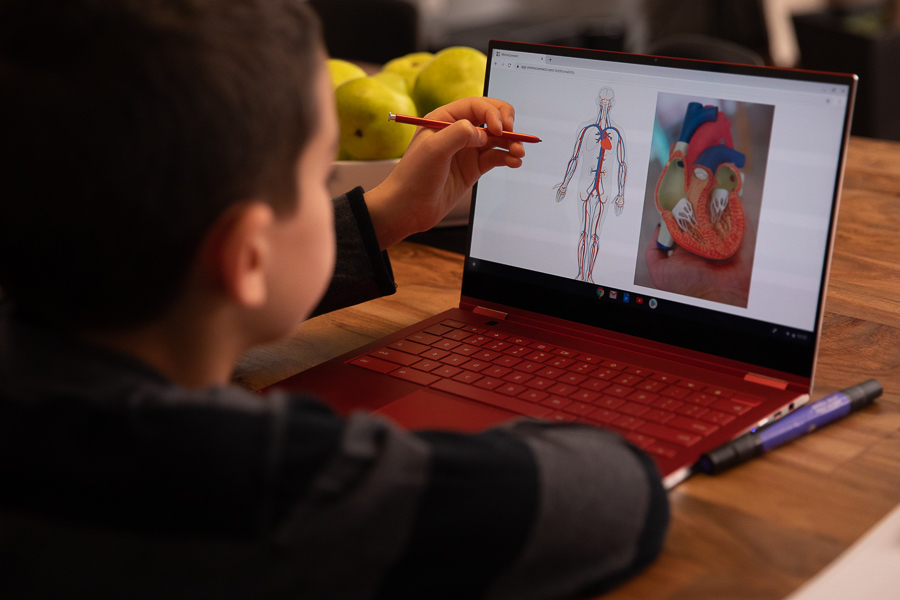College isn’t just about spending time in the classroom anymore. Case in point: Students in the ecology class at Pennsylvania’s Bryn Mawr College spend time on Lake Vickers1, learning outside the classroom. Instead of conducting research in the lab, they use innovative equipment to test water quality and the amount of dissolved oxygen in the lake. At the University of Missouri, students have access to the DeLine Community Research Site, a 94-acre tract of land donated by DeLine CEO Greg DeLine for use as an outdoor classroom2.
Elementary, middle and high school teachers may already be familiar with these innovative lessons, as field trips are more common in the K-12 setting. However, in the higher education world, they are less so, and teaching classes outside helps push students to think outside the box. In fact, according to a study from the Vanderbilt University Center for Teaching,college students can benefit from experiential learning3 such as field trips, field-based learning, guided discoveries, community engagements, retreats and special events.
All these outdoor opportunities require technology support to ensure students and teachers get the most out of their lessons as they capture data from these experiences and move it to and from classroom laptops and desktops. Solid state drives (SSDs) can play a key role in this by supporting academic mobility, increasing its speed and improving resilience.
Data on the move
Most colleges and universities have high-end systems and software in computer research labs. Students need a way to get data from the field into those systems, and, for many, the choice is portable SSDs.
Your guide to SSDs in the virtual classroom
Virtual learning is here to stay. Learn why fast, reliable storage is critical for educational institutions. Download Now
SSDs are extremely portable and swappable. They’re lighter than traditional HDDs, and they use less energy, which extends the battery life of the laptop they connect to.
Furthermore, because SSDs have no moving parts — unlike hard disk drives (HDDs), which use an actuator arm to read and write data to a magnetic spinning disk — they can handle the conditions that come with being out in the field. Samsung Portable SSD T7 Shield, for example, is especially suited to outdoor use, as it has an IP65 rating for dust and water resistance.(need the regular disclaimer reference here) This translates to improved performance. Whereas HDD’s mean time between failures is about 500,000 hours, the number skyrockets to 2.5 million hours with SSDs, making them five times more reliable than HDDs.
Increased storage
SSDs also allow students and teachers to add additional memory and storage to laptops and tablets whenever the need arises. Students studying science, business, engineering, computing and math, as well as graphic design, filmmaking and sound design, often require more storage than a traditional laptop provides. This is especially true if they are using software and services that are processor- and storage-heavy. Samsung T7 Shield, with a 4TB capacity, is perfect for high-definition video since it allows students to record in 12K video.
College laptops that have 4GB of RAM and 128GB of storage are often enough, but as application use and data collection expand, so do a laptop’s requirements. Here’s where external SSDs can bridge the gap by augmenting performance and storage needs.
Want to learn more about adding SSD to enable academic mobility and outdoor learning? Read about how the future of education depends on SSD speed and durability, and check out this free guide to SSDs in the virtual classroom.
1 Bryn Mawr. “Students in Tom Mozdzer’s Ecology Class Conduct Research on Lake Vickers.” September 28, 2021.
2 Como Magazine. “New MU outdoor lab provides an abundance of opportunity.” December 15, 2022.
3 Vanderbilt University. “Teaching Outside the Classroom.” 2020.








